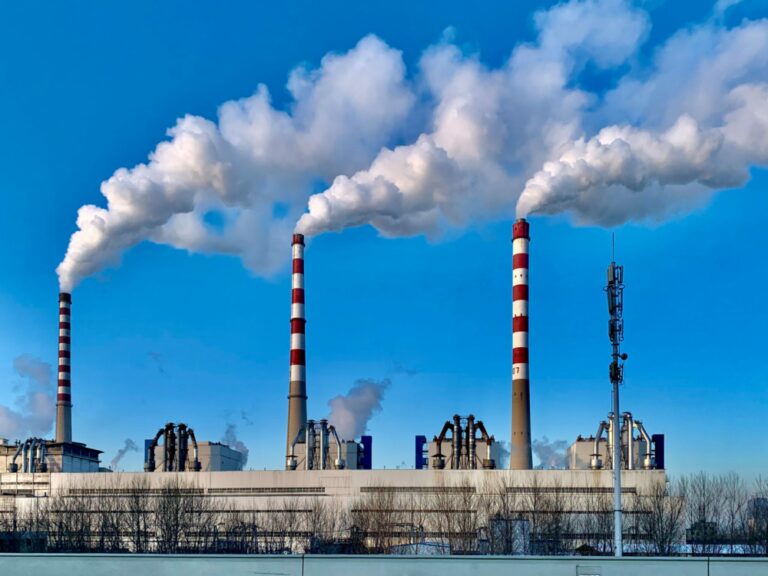Factors driving China’s carbon emissions after the COVID-19 outbreak

Download
In this paper the authors review the determinants of carbon emissions between 2002 and 2020 in China, specifically assessing the impact of COVID-19. Previous studies have focused on quantifying changes in carbon emissions but have failed to identify structural changes in the determinants of carbon emissions.
They find that the contribution of production structure (i.e. both the direct and indirect input requirements on all producers generated by one unit of output) to growth in carbon emissions was enlarged due to the pandemic after a continuous decline since 2007. This was mainly driven by lower production efficiency, an increased reliance on carbon-intensive inputs, and a rebound in energy-intensive and export-oriented production. The contribution of per-capita consumption to emissions growth decreased because of the economic contraction in the first half of 2020.
The detection of changes of this nature could assist in identifying and modifying policies that are less effective in achieving green recovery and help create policy designed to avoid carbon-intensive development trajectories. The findings also indicate that efforts should be undertaken to increase investment in low-carbon industries and increase the proportion of consumption in GDP (to shift investment-led growth to consumption-led growth, which produces lower emissions) for an inclusive and green recovery from the pandemic.
Key points for decision-makers
- Many studies have found that COVID-19 greatly curtailed carbon emissions in the first half of 2020 in China but that this was a temporary impact.
- These studies are indicative of a focus on quantifying changes in carbon emissions but a failure to identify structural changes in the determinants of carbon emissions. The authors consider this to be a gap that requires addressing, as possible structural changes in the drivers of carbon emissions may exert profound economic impacts and drive long-term transitions.
- The authors investigate patterns in the determinants of China’s carbon emissions for the period 2002–2020 using the latest input–output tables (which describe the sale and purchase relationships between producers and consumers within an economy). In particular, they analyse the structural changes in emissions from 2018 to 2020 to investigate the impact of the COVID-19 pandemic.
- They analyse changes in five socioeconomic factors that drive changes in carbon emissions: population characteristics, energy efficiency, production structure, consumption patterns, and per-capita consumption.
- In exploring the potential structural changes caused by COVID-19 they find an increased contribution of production structure to the growth in carbon emissions. The pandemic disrupted the trend of the production structure adjusting towards low-carbon production. For example, the transport sector increased its use of products from the petroleum and coking sector from 6.3% in 2018 to 8.0% in 2020. The pandemic also curtailed the acceleration in enhancements to energy efficiency that had occurred from 2017–18.
- The increased contribution of production structure marks a change: in recent years its contribution was largely constrained following the global finance crisis because of a decreasing share of exports in economic growth and supply-side reforms.

